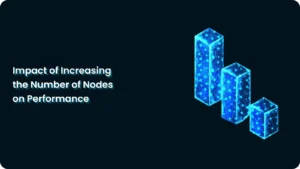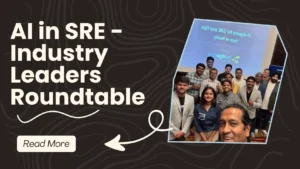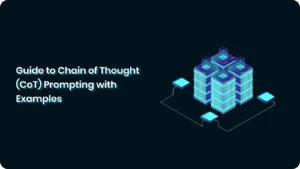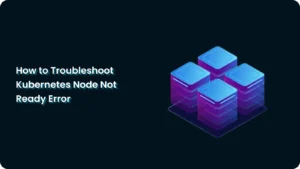Crafting Memory Systems for AI Agents: A Practitioner’s Playbook
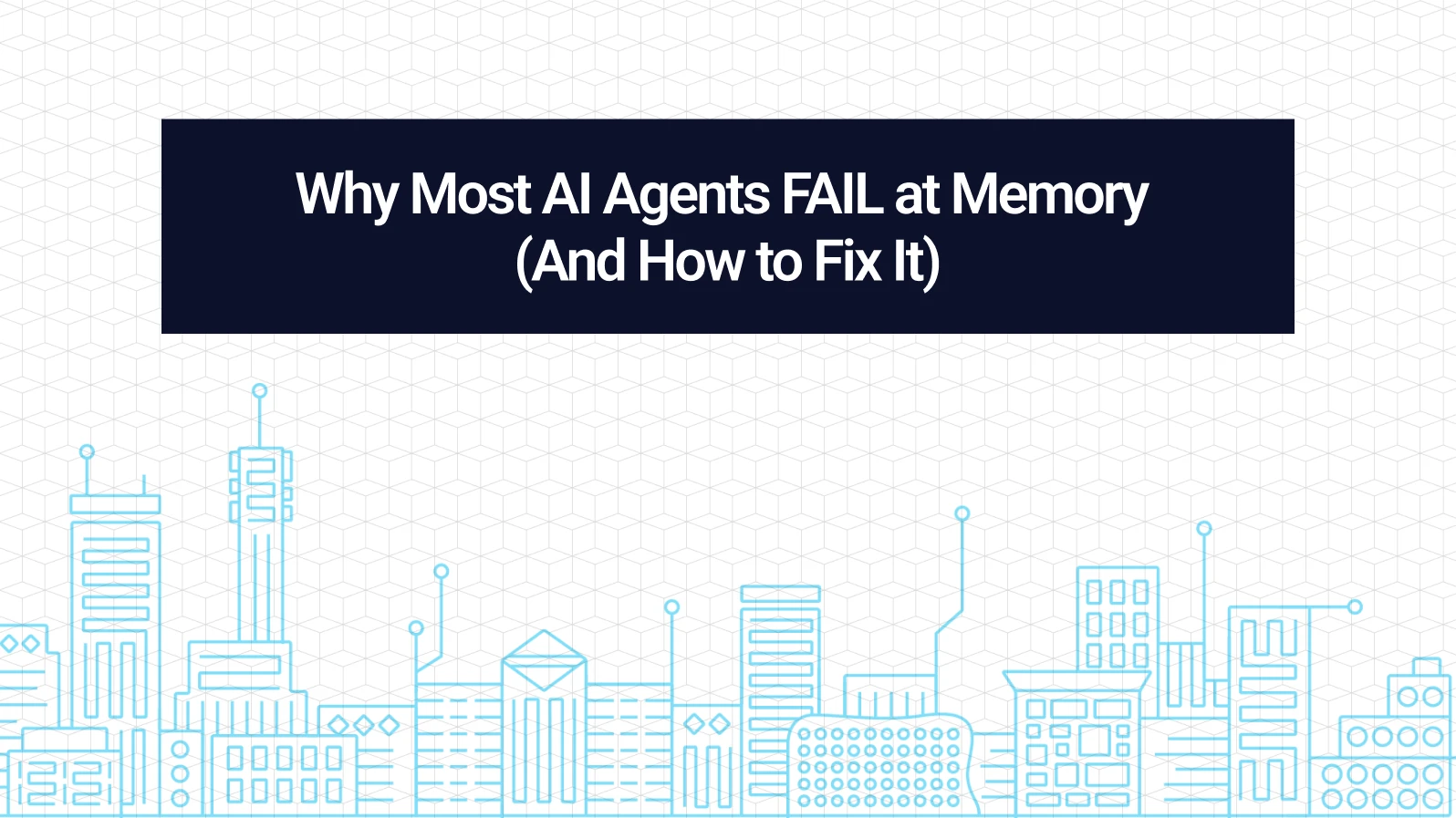
I’ve spent the last few years shepherding language-model agents from proof-of-concept demos to mission-critical infrastructure. Along the way one theme has remained constant: an agent without well-designed memory is an expensive stateless chatbot. Below is the approach I now follow and the pitfalls I’ve learned to avoid when engineering durable, useful memory for production-grade agents.
Why Memory Deserves First-Class Design
AI agents face three practical pressures that raw model capacity can’t solve:
- Session Fragmentation
Real-world conversations sprawl across hours, sometimes days. Users expect continuity whether they return in 10 minutes or tomorrow. - Evidence Accumulation
Troubleshooting a distributed system, drafting a legal brief, or coaching a sales rep all require piecing together logs, policies, or calls that arrive asynchronously.Institutional Learning - Institutional Learning
An agent that forgets past successes repeats past mistakes—burning compute, time, and trust.
Put bluntly, stateless agents re-explore solved problems; stateful agents compound knowledge.
Three Shortcomings of “Just Increase the Context Window”
Relying on ever-larger context limits seems tempting, but it collapses under production realities:
- Token Budget Economics
Streaming every log line or customer e-mail into a 128K window balloons API costs and latency. - Signal-to-Noise Drift
The farther a token sits from the user’s latest query, the less likely it is to influence generation—yet you still pay for its presence. - No Long-Term Consolidation
A big window is still a window; when it closes, knowledge evaporates.
Four Complementary Memory Modes
I treat agent memory as a hierarchy, each layer optimized for a different time horizon and retrieval pattern.
| Memory Mode | Lifetime | Typical Contents | Retrieval Trigger |
| Working | Seconds–minutes | Current turn, immediate references | Automatic (prompt) |
| Scratchpad | Minutes–hours | Intermediate reasoning steps, tool outputs | Chain-of-thought replay |
| Episodic | Hours–weeks | Completed tasks, user preferences, incident summaries | Similar-task search |
| Semantic | Months–years | Stable domain knowledge, org charts, API contracts | Graph query or embeddings |
Working Memory
Held entirely inside the model prompt—think of log excerpts for the error the user just pasted.
Scratchpad
External but short-lived. I often keep it in Redis or Memcached; eviction after a few hours keeps it light.
Episodic Memory
Stores what happened and how we fixed it. I encode episodes as vector embeddings and drop them into a similarity search store. Alternatives to the usual Pinecone/Faiss duo include:
- Milvus (open-source, GPU-accelerated)
- Typesense (fast, developer-friendly with dense-vector add-on)
Semantic Memory
Structured knowledge graphs shine here. Beyond Neo4j, consider:
- JanusGraph on top of Cassandra for horizontal scale
- GraphDB (RDF triplestore) when ontologies matter
- Dgraph as a single-binary option with GraphQL out of the box
Orchestrating the Layers
The core loop I deploy is “retrieve-think-act-learn”:
- Retrieve
Use the query and current scratchpad to pull k-nearest episodes and hop relevant nodes in the graph. - Think
Hand the assembled context to the LLM plus, optionally, a lightweight reasoning engine (e.g., a rule-based validator). - Act
Execute the decided action: run a CLI command, post a Jira comment, or return an answer. - Learn
Summarize the interaction single-sentence style, embed it, and store it. Tag success/failure for later confidence scoring.
Memory Hygiene: Keeping the Brain Tidy
- Compression
Batch-summarize stale episodes weekly; keep only embeddings plus a short abstract. - Decay Scheduling
Lower confidence on facts older than a defined horizon unless they re-appear. - Conflict Resolution
When two memories disagree, prefer the one with higher success rating or more recent validation.
Tech-Stack Combinations Beyond the Usual Suspects
| Layer | Primary Option | Viable Alternatives |
| Vector Search | Pinecone, Weaviate | Milvus, Typesense, Qdrant, Elastic +kNN |
| Graph Store | Neo4j | JanusGraph, Dgraph, GraphDB, ArangoDB |
| Time-Series Correlation | Prometheus | VictoriaMetrics, TimescaleDB, ClickHouse |
| Fast KV Scratchpad | Redis | KeyDB, Aerospike, DynamoDB in-memory |
| Stream Ingestion | Kafka | Redpanda, NATS JetStream |
Mix-and-match based on latency SLA, data volume, and ops familiarity.
Illustrative Scenarios
- Dynamic Pricing Advisor
Working memory holds current basket, scratchpad computes margin, episodic recall surfaces last quarter’s promo outcomes, semantic graph lists supplier lead times. Together the agent recommends a discount that preserves margin while clearing inventory. - Incident Commander
During an outage the agent compiles fresh stack traces (working), tracks executed mitigation steps (scratchpad), recalls similar outages (episodic), and references system dependencies (semantic) before proposing a fix. - Onboarding Coach
It remembers each new hire’s completed modules, correlates knowledge gaps across cohorts, and surfaces domain concepts from the company ontology to tailor the next lesson.
Operational Guardrails
- Security Partitioning
Separate stores for regulated data; enforce row-level security on retrieval endpoints. - Observability Hooks
Log every memory fetch with request ID and latency; profile top serialized vector queries. - Human Feedback Loops
Soft delete is better than hard—allow SMEs to flag incorrect memories for review rather than immediate purge.
Closing Thoughts
Designing memory is less about choosing one database and more about choreographing several specialized stores so the right nugget surfaces at the right millisecond. Teams that treat memory as a first-class architectural concern unlock agents that truly learn and improve, while those who rely on sheer context length stay trapped in “Groundhog Day” interactions.
Spend the engineering cycles up front: map tasks to memory modes, automate hygiene, and instrument everything. The payoff is an agent that evolves from conversation partner to institutional knowledge engine—without ever pretending a bigger prompt is a substitute for real memory.

